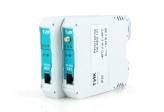 TIK-REG recorder
TIK-REG recorder
When connecting devices to it, it collects / stores the received information and various parameters (via digital interfaces), as well as configures the operation of devices. The recorder is also capable of transmitting information to external devices using a 3G cellular network.
Versions:
- TIK-REG 021 (2 digital interface RS-485, 1 digital interface Ethernet, 1 relay output, 1 discrete input);
- TIK-REG 121 (2 digital interface RS-485, 1 digital interface Ethernet, 1 relay output, 1 discrete input, 3G modem).
Features:
- Built-in flash-drive up to 64 GB;
- Relay output, discrete input;
- Availability of digital communication channels 2xRS-485 (Modbus RTU Master / Slave) and 1xEthernet (Modbus TCP);
- Availability of web-interface for setting up the recorder;
- The ability to access data on a flash-drive through an FTP-server;
- LED indication of instrument status and data transfer process;
- The presence of a full-fledged GSM module with support for 3G networks, a slot for a SIM card and an external antenna *;
- Connection of an external GPS module operating via the RS-485 interface (at the request of the customer);
- Compact case.
*only for TIK-REG 121
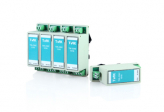
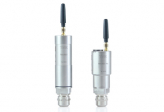

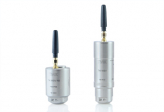
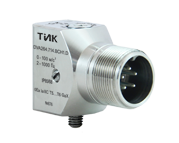 New product!
New product!


